Ever wondered why that gorgeous built-in bookshelf or custom kitchen cabinet comes with such a hefty price tag? Custom millwork isn’t just wood cut to size—it’s architectural artistry that transforms ordinary spaces into extraordinary experiences. Understanding what drives these costs helps you make smarter investment decisions for your home renovation project.
The Building Blocks: Materials That Make or Break Your Budget
Material selection forms the cornerstone of every custom millwork project, with choices rippling through design possibilities and final pricing.
Wood Species: From Budget-Friendly to Breathtaking
The foundation of any custom millwork project starts with material selection, and your choices here create a ripple effect throughout your entire budget.
- MDF (Medium Density Fiberboard) – Starting at $8-20 per linear foot, this budget-friendly option works beautifully for painted finishes but lacks the durability needed for high-traffic areas
- Wood Veneer – Ranging from $15-35 per linear foot, veneer gives you the gorgeous appearance of real wood while keeping costs manageable
- Solid Hardwood – Premium options like white oak or walnut command $30-60 per linear foot, delivering unmatched beauty and longevity that justifies the investment
The Finish Line: Where Craftsmanship Meets Artistry
Beyond raw materials, the finishing process significantly impacts your final cost. A basic stain might add $5-10 per linear foot, while hand-rubbed finishes or specialty lacquers can increase costs by $12-25 per linear foot. These premium finishes aren’t just about aesthetics—they provide superior protection and create that luxurious feel that separates custom work from cookie-cutter alternatives.
The Complexity Factor: When Simple Becomes Sophisticated
Design complexity exponentially impacts both craftsmanship requirements and project timelines, making careful planning essential for budget control.
Design Intricacies That Drive Up Costs
Not all Custom Millwork is created equal. Complex visions require skilled craftsmanship.
- Curved Elements – Radius corners require specialized techniques, adding 25-40% to standard pricing
- Integrated Features – Built-in lighting or hidden storage involves precision fitting and coordination
- Intricate Profiles – Detailed crown molding demands hand-finishing expertise commanding premium rates
Site-Built vs. Shop-Fabricated: Location Matters
High-end millwork gets fabricated off-site in controlled workshop environments, ensuring precision. While costing 10-20% more than site-built alternatives, superior finish quality typically justifies the premium.


